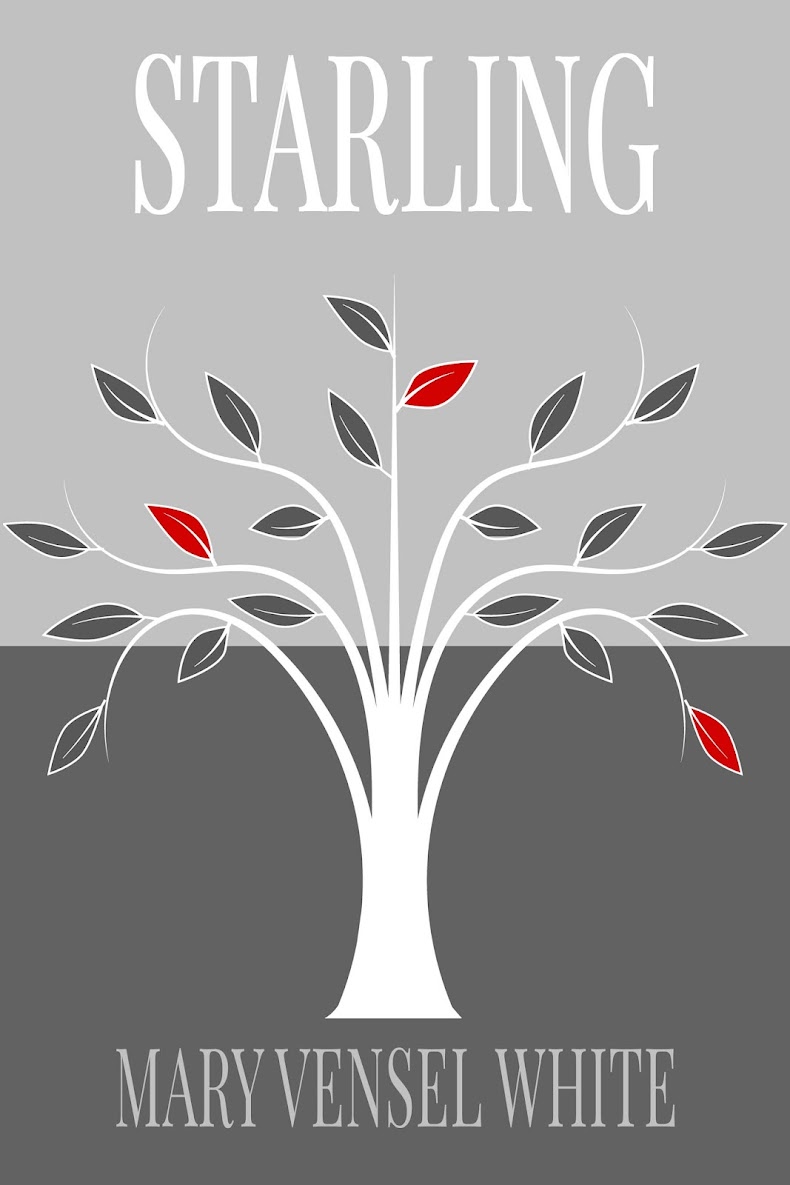The third entry in my Summer of Tree Books is a unique
reading experience. As for dimensions, the book is coffee-table book size: 11 ½
inches by 9 ½, and although it’s not a hardcover, it’s laminated and fairly
hefty. I read the entire thing in one sitting during a flight to Boston. From
the inside flap:
“With this astonishing collection of tree portraits, Thomas
Pakenham has produced a new kind of tree book. The arrangement owes little to
conventional botany. The sixty trees are grouped according to their own strong
personalities: Natives, Travellers, Shrines, Fantasies and Survivors.”
If you recall, this description was of great interest to me,
the idea that a tree could have a personality and share similarities in this
way with other types of trees. I was expecting the book to be a rather dry
read, with the respite of beautiful photos to keep you going and I was wrong
about one of those things. The book did, indeed, have lovely photos (in some
cases, full spreads such as this one),

but it was anything but dry. For each
tree that Thomas Pakenham visited during the five years he sought them out, he
wrote something of the tree’s botany, or history, or reputation. Or something
of all three. There were stories about how a particular type of tree came to be
in non-native area. There were stories of eccentric tree planters and the sociological
connections certain groups have had to certain trees. We learn that like humans,
trees have different lifespans that are affected by situation and chance. There
are trees in the book with girths as wide 35 feet, trees that start as saplings
only a pencil’s width. Pakenham shares anecdotes from his own experiences with
his garden; his enthusiasm for the artistry and beauty of these often majestic
beings comes across on each page.
And for me, there was a powerful synergy happening, synapses
firing from one tree book I’ve read to the next. In his introduction, Pakenham
recounts his experiences in Yunnan, in south-west China, where he came upon the
only large ancient tree—a hemlock—in what used to be a forest. The rest had
been taken down by loggers.
“We tend to take our large, old trees for granted… The
indifference towards old trees makes a mockery of our supposed new respect for
the environment. Consider the raw facts. The giants of our native species—oak,
ash, and beech—are the biggest living things on these islands: heavier than any
land animal, taller than most buildings, older than many ancient monuments. If
a big tree was not a living organism it would still be a remarkable object.”
Later in the book he discusses the ways in which a forest
works as a whole, integrating even dead trees into a system that includes
plants, insects, and animals. He talks about the ripples of harm done by
removing these systems and how planting new trees doesn’t come close to making
up for it. And this topic was of paramount concern to the botanist character in
The Overstory, a scientist who, by
the way, wrote a study about the social aspect of trees (see next week’s post
about the final book of my summer of tree reading). In fact, each of the four
books I read this summer touched upon the tragedy of logging in some way.
This is unsurprising I suppose.

On page 22 of Meetings
with Remarkable Trees, we are
introduced to the Tandridge Yew, a massive specimen that grows in a churchyard
in Tandridge, Surrey. Pakenham explains the difficulty of assigning an age to
this particular tree but guesses it is probably at least 1000 years old.
And I thought, of course, of the yew that plays a very important role in Rules for Visiting. Although Kane’s
novel refers to another famous tree—the Fortingall Yew in Scotland—I couldn’t
help but think of these two old souls as related.
One of the most interesting aspects of Meetings with Remarkable Trees was discovering the strange and
varied habits and features of so many trees.
Like this tulip tree at Kew, which
forms a flower bed over 100 feet off the ground. Truly, how would I ever had
this perspective without this book? I would have never noticed, or looked. And
at the end of the day, that’s what Pakenham’s book was for me, an invitation to
look, notice and think about these beings that surround us on all sides, which
have been here before we arrived and which will, in most cases, long outlive
us. On our first day in Boston, we strolled through the public garden, which is
full of lovely, old trees. Most of the garden was planted over a century ago,
with a wide assortment of native and imported trees. They are labeled and well-cared-for. And probably it was my favorite part of the city, now that I was
trained to look at trees.






















